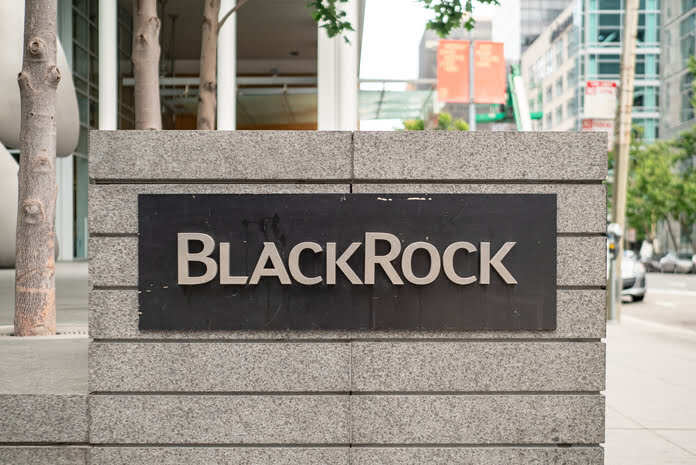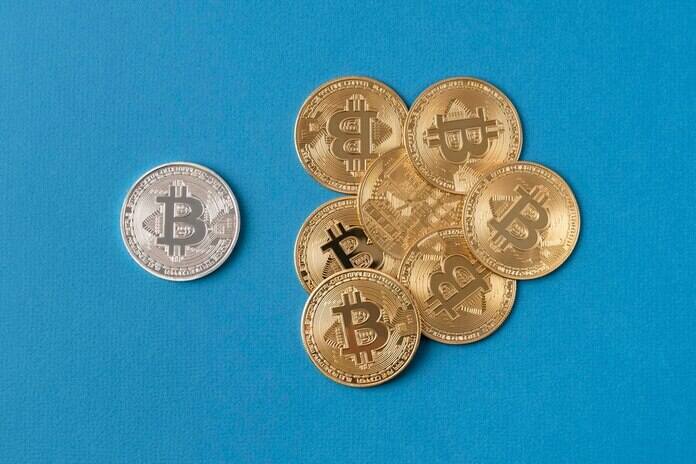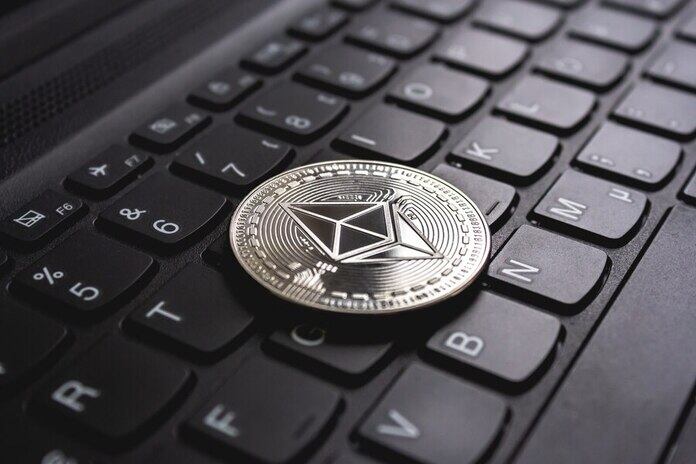US Bitcoin ETFs: Daily Outflow Hits $120M
This post was originally published on this site

Total net outflows from 11 U.S. spot bitcoin ETFs reached $120 million on Wednesday, with eight products recording zero flows, a trend deemed normal by analysts.
Grayscale’s GBTC witnessed $130.42 million exiting the converted bitcoin ETF, while Fidelity and Ark Invest’s funds were the sole recipients of inflows, totaling approximately $10 million. Among the eight funds with zero flows were BlackRock’s IBIT and Bitwise’s BITB, with IBIT ending its 71-day positive streak on Wednesday.
According to Rachael Lucas, a crypto analyst at BTC Markets, days with zero inflows are typical and do not necessarily indicate product failure. She suggests that such occurrences often align with market performance and geopolitical tensions, underscoring the complexities beyond ETF flows.
Joe Caselin, head of institutional marketing at BIT crypto exchange, echoes this sentiment, stating that zero flows in an ETF are not unusual but may signify a cooling down of ETF excitement. He emphasizes the gradual integration of fiat into the Bitcoin narrative, anticipating fresh inflows to occur intermittently as traditional finance gradually merges with crypto.
Bloomberg ETF Analyst James Seyffart previously explained that ETF shares are created or destroyed in units, a process triggered by significant disparities in supply and demand. This phenomenon explains why zero flows are commonly observed in such products.
The Block ETF data dashboard reports that the cumulative trading volume for all 11 spot Bitcoin ETFs is approaching $230 billion.
Featured Image: Freepik














